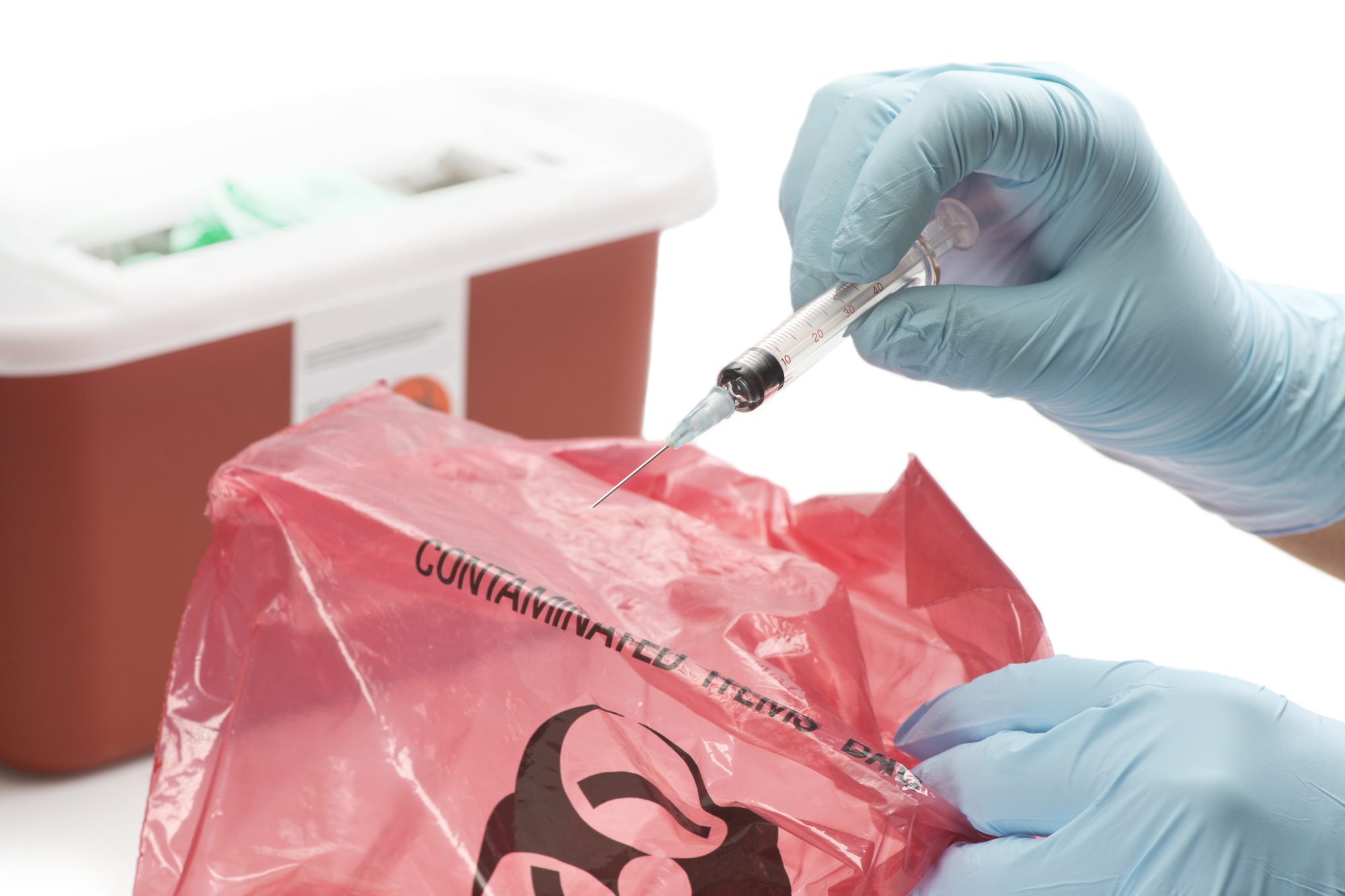Clinical laboratories, hospitals, and pharmacies produce harmful and infectious wastes, which are collected, compiled, packed, and disposed of using biohazard specimen bags.
Biohazard waste is divided into different categories and placed in an autoclave, red and yellow biohazard bags, among other types of bags.
How do Biohazard Bags work?
The name itself emphasises the word “biohazard” and is self-explanatory. All scientists, medical professionals, and environmentalists have clarified the need to collect, seal, and dispose of toxic waste.
Since high-density polyethene, polypropylene, plastic, and polyethene are used to make biohazard specimen bags, these contaminants are collected in these bags specifically designed for that purpose.
All the healthcare departments like these bags, especially during the Covid-19 pandemic.
Over the past seven months, there has been a sharp increase in demand for biohazard specimen bags to dispose of waste from patients exposed to the coronavirus. In a report released by Research Dive, the market for biohazard bags will reach $469.1 million by 2027.
Most Commonly
Bags commonly used to contain different kinds of biohazard specimen materials fall into several categories. The following are the significant biohazard bags that are favoured by all industries dealing with hazardous waste:
Red biohazard bags are frequently used to separate toxic materials from clean ones. And Pathological waste and only those items with blood are collected in the red biohazard bags.
Anatomical wastes and bodily fluids like semen, tissues, saliva, animal carcasses, and organs are frequently considered contaminants.
And in addition, blood-soaked dresses, specimen swabs, hazardous medical supplies, and infected gloves are gathered and sealed off in this kind of biohazard bag.
Avoid disposing of wastes such as alcohol. As they aren’t made to handle such wastes, don’t put chemicals, solvents, lead, radioactive wastes, food wrappers, or pharmaceutical effluents in the red biohazard bags.
Biohazard bags in yellow
These bags dispose of pharmaceutical medications, infectious clinical materials, and chemicals. Additionally, yellow biohazard bags are gathered and filled with dressings, swabs, tissues, aprons, filthy gloves, diapers, and pads.
In addition to other unusual items like IV (intravenous) lines, fluid bags, syringes, and metallic components, biohazard waste also goes into these bags.
The yellow biohazard bags do not contain items like anatomical wastes, placental remains, pathological trash, domestic litter, or non-infectious trash https://ditageeks.com/ is also a top trend on social media these days.. .
Biohazard Autoclave Bags
These bags come in red, yellow, and transparent colours, making it easier to identify the different types of waste in each one.
The autoclave biohazard bags include the following unique characteristics:
- Under typical conditions, they are both burst and tear-resistant.
- On each of these bags is a printed biohazard symbol.
- The ASTMD 1709-85 165 gramme dart test has certified them.
- 141°C is the acceptable temperature.
- HDPE (High-Density Polyethylene) and LDPE (Low-Density Polyethylene) plastics were used to create them.
Dealing with Biohazard Bags: Dos and Don’ts
The handling of biohazard bags must adhere to a strict protocol, just like all other systems, gadgets, and technologies. The following are the main guidelines:
Each bag should bear a biohazard symbol.
While moving the contaminated wastes in the biohazard bags, always wear an apron, gloves, eye protection. And a face mask.
Biohazardous waste should not be disposed of in municipal or city trash cans; only a licence medical waste contractor is authorize to collect such dangerous waste.
And Biohazard bags should line the container for medical waste.
Before disposing of the contaminants, perform the autoclaving process on the spot.
Use a tray or bucket when handling liquid biohazard wastes as a safety precaution.
But Bleach the liquid waste as needed.
Use leak-proof biohazard bags that can withstand punctures from sharp objects. And to avoid leaks, use double bags for pathological wastes. Other than this trending.




